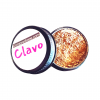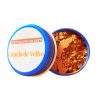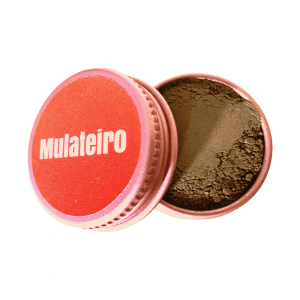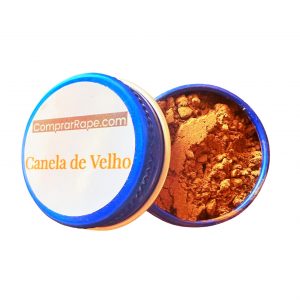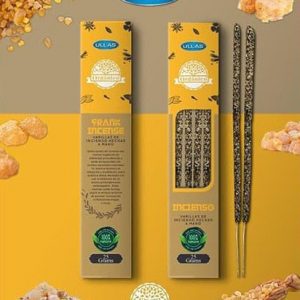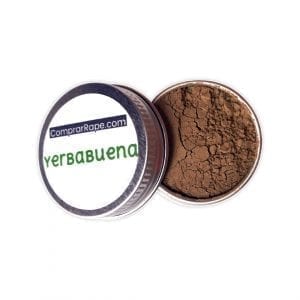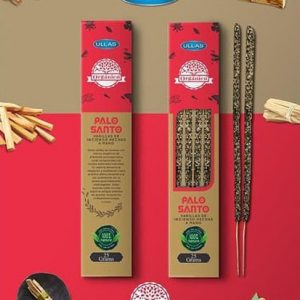Copaiba snuff
25,00 €
Strength: Intense
Color: Brown.
Granulation: Talc.
Aromatic. Earthy aroma. Astringent.
All our jars contain 7 to 8 grams of snuff.
Description
Copaiba trees are considerably branched and grow 15-30 m tall. They produce many small, white flowers in long panicles and small fruit pods with 2-4 seeds inside.
There are 35 species of Copaifera found mainly in tropical South America (particularly in Brazil, Argentina, Bolivia, Guyana, Colombia, Peru and Venezuela). Several different species are used interchangeably as traditional medicines: C. langsdorffii is found mainly in the cerrados of central Brazil, C. reticulata is indigenous to the Amazon region, and C. officinalis is found widely throughout South America, including Amazonia.
Scientific name: Copaifera officianalis
Family: Fabaceae
Kingdom: Plantae
Class: Magnoliopsida
In the Solimoes River in northwestern Amazonia, copaiba resin is used topically by indigenous tribes as a wound healer, to stop bleeding, for skin sores and psoriasis, and to treat gonorrhea.
Healers in the Amazon today use copaiba resin for all kinds of pain, for skin disorders and insect bites, and to soothe inflammation.
In Brazilian herbal medicine systems, the resin is used as a strong antiseptic and expectorant for the respiratory tract (including bronchitis and sinusitis), as an anti-inflammatory and antiseptic for the urinary tract (for cystitis and bladder and kidney infections) and as a topical anti-inflammatory agent for all types of skin problems.
#alquimiadasplantas #rapémedicinal #rapé #medicinaancestral #aevoluçãodasmedicinas #snuff

